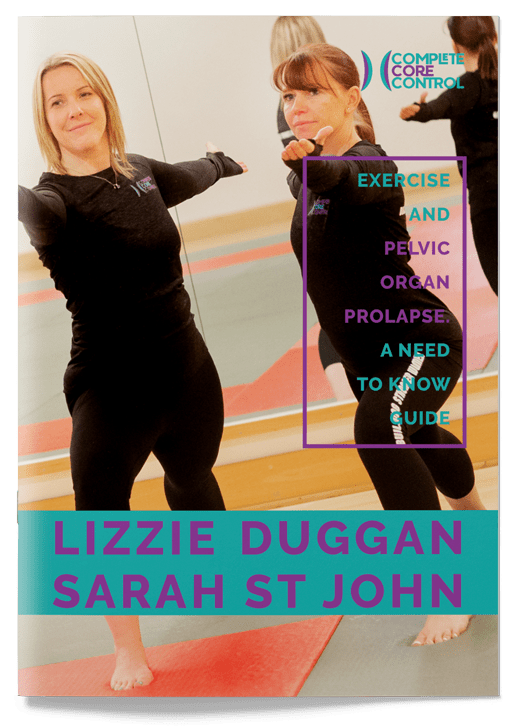What are the symptoms of a Pelvic Organ Prolapse?
First of all if you feel like you may have a prolapse, it’s important to go to your GP and get a proper diagnosis. There is no substitute for this and that way you can find out what has prolapsed and if they can tell you a grade. This can range from 1 being a mild prolapse, to grade 3,which is where you can feel something isn’t quite right (protruding) on self-examination.
One of the most common symptoms of a mild prolapse would be leaking. Although stress incontinence can be a weak pelvic floor, it could also be the sign of a mild prolapse. You may get mild back-ache if the prolapse is dropping back into your pelvis.
A feeling of heaviness in the hips and pelvis is very common and this sensation can get worse around your period or when you are ovulating.
Sometimes it can feel uncomfortable to insert a tampon, like something is in the way.
Ladies that have gone through the menopause may also notice changes during the month as you are still affected by a different hormone.
It is often you can get this feeling of discomfort in the pelvis, lower back, groin and in the vagina. Often described as a pulling or aching sensation.
A higher grade of prolapse can cause issues when going to the toilet and pain or discomfort during intimacy.
Some women do have to physically move the prolapse out of the way to go to the toilet and we have worked with women who – out of desperation – have resorted to using a tampon to push the prolapse back up. Not recommended by us!
In these cases it is so important to get some medical help. Pessaries are plastic devices which are inserted to help lift the prolapse and serve a much better purpose than using a tampon.
Research suggested that this issue affects 50% of women and we personally know what an impact it can have on you having to live with these symptoms day in day out.
The good news is that simple lifestyle changes can make a difference and help you to start to improve your symptoms.




